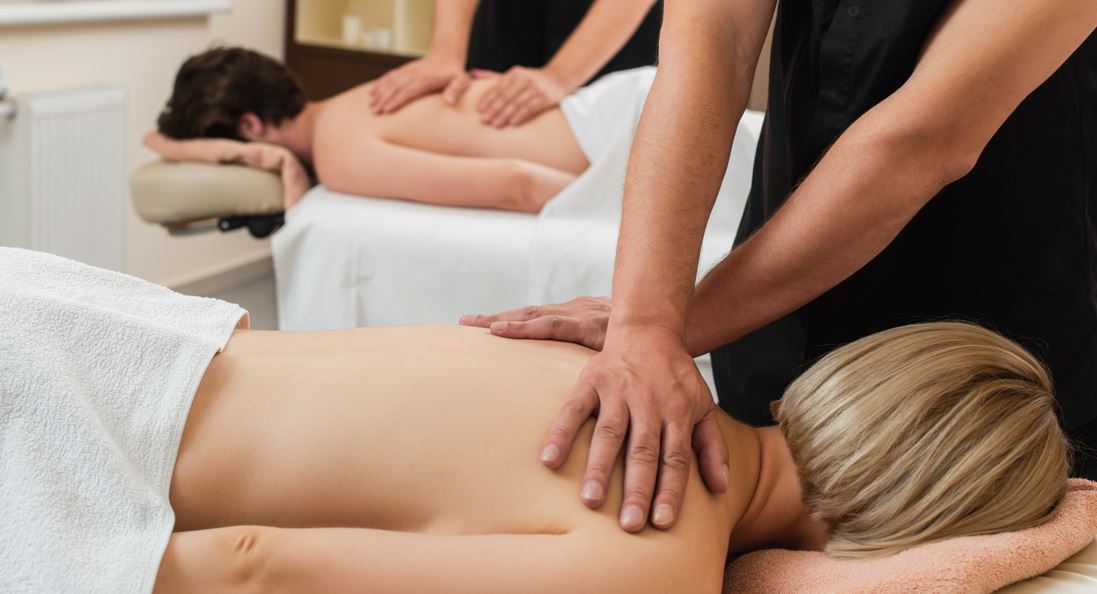Massage therapy has long been recognized as one of the most effective ways to relax, unwind, and restore both body and mind. But not all massages are created equal. Two of the most common types of massages people seek at wellness spas are therapeutic massages and relaxation massages. Although both have incredible benefits, they serve different purposes and target different needs. Understanding these distinctions will help you choose the right massage that aligns with your wellness goals.
At Breathe Wellness, we offer both relaxation massages and therapeutic massages tailored to your individual needs. Whether you need to de-stress or tackle specific aches and pains, our experienced massage therapists will customize your session to help you achieve optimal wellness. Take the first step towards a healthier, more balanced life by booking your massage today.
What Is a Relaxation Massage?
A relaxation massage, sometimes referred to as a Swedish massage, is all about stress relief and relaxation. The main objective is to melt away tension and create an environment where the mind can relax, allowing the body to follow suit.
Key Characteristics of a Relaxation Massage:
- Gentle Pressure: A relaxation massage involves long, smooth strokes with light to medium pressure. It is designed to be gentle and soothing, often focusing on the top layers of muscle to relieve minor tension.
- Relaxed Pace: The pace of the massage is slow and methodical, focusing on overall comfort rather than working out specific areas of pain.
- Aromatherapy and Calming Environment: Many wellness spas, including ours at Breathe Wellness, incorporate aromatherapy, soft music, and dim lighting during relaxation massages to further enhance the calming experience. Essential oils such as lavender, chamomile, and eucalyptus may be used to deepen the relaxation response.
- Mental Benefits: Besides the obvious physical benefits, relaxation massages are highly effective at reducing mental stress. By lowering cortisol levels (the body’s stress hormone) and encouraging the production of serotonin and dopamine (the body’s feel-good hormones), relaxation massages can help reduce anxiety, promote better sleep, and even improve your mood.
Who Should Opt for a Relaxation Massage?
- If your primary goal is to unwind and de-stress from your hectic schedule, a relaxation massage is the best choice.
- This type of massage is ideal for first-time spa-goers or anyone who isn’t experiencing chronic pain but wants to enjoy the benefits of regular, calming massage therapy.
What Is a Therapeutic Massage?
Unlike relaxation massages, therapeutic massages are designed with a specific healing goal in mind. Whether you are dealing with muscle tension, chronic pain, or recovering from an injury, a therapeutic massage is more focused on addressing these issues.
Key Characteristics of a Therapeutic Massage:
- Deeper Pressure: Therapeutic massages tend to use deep tissue techniques to target the deeper layers of muscle and connective tissue. Therapists may use their forearms, elbows, and even knuckles to apply pressure and break up knots and scar tissue.
- Focused Areas: A therapeutic massage often focuses on specific areas of discomfort. For example, if you are suffering from lower back pain or shoulder stiffness, the therapist will spend more time working on those areas to relieve tension and promote healing.
- Techniques Used: Techniques used in therapeutic massages include deep tissue massage, trigger point therapy, myofascial release, and sports massage techniques. The goal is not just to relieve pain but to correct imbalances in the body’s muscular system that could be contributing to chronic pain. Tuina massage is an ancient Chinese form of massage that may improve circulation, and reduce muscle and joint pain.
- Physical and Health Benefits: Therapeutic massages are highly beneficial for people suffering from chronic pain conditions such as fibromyalgia, arthritis, and sciatica. They can also aid in recovery from injuries by improving circulation, reducing inflammation, and promoting muscle recovery. This type of massage can also help improve mobility, flexibility, and posture.
Who Should Opt for a Therapeutic Massage?
- If you experience chronic pain, muscle tension, or are recovering from an injury, a therapeutic massage is the right choice for you.
- Athletes and individuals who perform physically demanding work will benefit from the healing properties of a therapeutic massage.
Key Differences Between Therapeutic and Relaxation Massages
1. Pressure and Techniques:
- Relaxation Massage: Light to medium pressure with soothing, flowing strokes.
- Therapeutic Massage: Medium to deep pressure with techniques designed to target problem areas.
2. Purpose:
- Relaxation Massage: Designed primarily for mental relaxation and stress relief.
- Therapeutic Massage: Aims to relieve pain, reduce muscle tension, and improve mobility.
3. Focus:
- Relaxation Massage: Full-body relaxation, not necessarily targeting any specific issue.
- Therapeutic Massage: Focused on areas of pain or tension with the goal of promoting healing and correcting physical imbalances.
4. Environment:
- Relaxation Massage: Often includes elements like aromatherapy, soft music, and dim lighting for a serene experience.
- Therapeutic Massage: The environment may still be calm, but the focus is on the therapy rather than the ambiance.
Which Massage is Right for You?
The choice between a therapeutic and relaxation massage ultimately depends on your current needs and wellness goals. If you are simply looking to unwind and let go of stress, a relaxation massage is ideal. It’s perfect for a spa day or when you need a mental escape.
On the other hand, if you’re dealing with muscle pain, tension, or injury, a therapeutic massage will provide the specific treatment you need to feel better and heal. Many people alternate between both types of massages to get the best of both worlds—relief from physical tension and deep relaxation.

